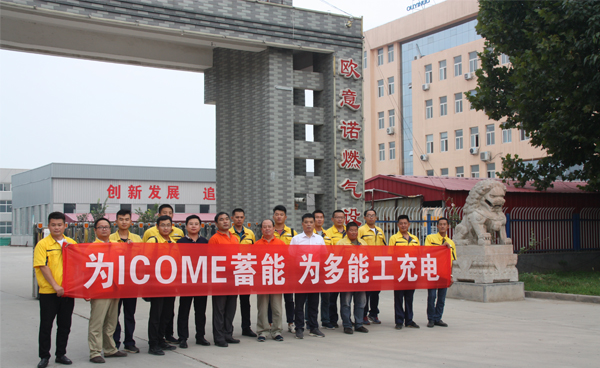
Oct . 16, 2024 07:35
Back to list
Gas Pressure Regulator Valve Function and Applications Explained
Understanding Gas Pressure Regulators Function, Importance, and Applications
Gas pressure regulators are essential devices in various industries and applications where the control of gas flow and pressure is crucial. These devices ensure that gas is delivered at a safe and consistent pressure, which is vital for the efficient operation of equipment and machinery that rely on gas as a fuel source or reactant. This article delves into the function of gas pressure regulators, their importance, and their applications across different fields.
Function of Gas Pressure Regulators
The primary function of a gas pressure regulator is to regulate the pressure of gas flowing from a high-pressure source to a lower, more usable pressure. This is achieved through a series of internal components, such as diaphragms and springs, which work together to maintain a consistent output pressure, regardless of fluctuations in the input pressure from the gas supply.
When gas flows into the regulator, the diaphragm moves in response to the pressure, adjusting the position of the internal valve to either restrict or allow more gas to flow through. This dynamic response ensures that the output pressure remains stable, providing a reliable supply for downstream applications.
Importance of Gas Pressure Regulators
Gas pressure regulators are crucial for several reasons, primarily related to safety, efficiency, and performance.
.
2. Efficiency In many applications, particularly in industrial environments, maintaining a consistent gas pressure translates to improved efficiency. Fluctuations in pressure can lead to inconsistent performance of combustion systems, which can increase fuel consumption and reduce overall efficiency. Regulators mitigate this risk by providing a steady pressure output.
صمام منظم ضغط الغاز

3. Performance For equipment that relies on gas, such as burners, engines, and boilers, having the correct pressure is essential for optimal performance. Under or over-pressure can lead to suboptimal operation, increased wear and tear, and ultimately shorten the lifespan of equipment. Regulators help maintain the designed operating conditions, ensuring reliable performance.
Applications of Gas Pressure Regulators
Gas pressure regulators are used across a wide range of industries and applications, such as
- Manufacturing In industrial settings where gases like natural gas or propane are used for heating or powering machinery, regulators are essential for maintaining the correct pressure for safe and effective operation.
- Residential Use Many household appliances, such as gas stoves, water heaters, and furnaces, rely on gas pressure regulators to provide a stable gas supply. These regulators are often built into the appliances or the gas supply system.
- Medical Applications In healthcare, medical gas regulation is critical. Gases such as oxygen must be delivered at precise pressures for patient safety. Thus, specialized gas pressure regulators are used in hospitals and medical facilities.
- HVAC Systems Gas pressure regulators are also integral to heating, ventilation, and air conditioning systems that use gas for heating. Proper regulation ensures that gas appliances receive the right amount of fuel, contributing to energy efficiency and comfort.
Conclusion
In summary, gas pressure regulators play a vital role in ensuring safety, efficiency, and performance across various applications that utilize gas. By maintaining a consistent output pressure, these devices not only protect systems and users from potential hazards associated with high-pressure gas but also help optimize the performance of equipment reliant on gas. As the demand for gas in industrial, residential, and healthcare settings continues to grow, the importance of gas pressure regulators in managing and controlling gas flows will only increase, highlighting the need for ongoing advancements and innovations in regulator technology.
Next:
Latest news
-
Safety Valve Spring-Loaded Design Overpressure ProtectionNewsJul.25,2025
-
Precision Voltage Regulator AC5 Accuracy Grade PerformanceNewsJul.25,2025
-
Natural Gas Pressure Regulating Skid Industrial Pipeline ApplicationsNewsJul.25,2025
-
Natural Gas Filter Stainless Steel Mesh Element DesignNewsJul.25,2025
-
Gas Pressure Regulator Valve Direct-Acting Spring-Loaded DesignNewsJul.25,2025
-
Decompression Equipment Multi-Stage Heat Exchange System DesignNewsJul.25,2025

